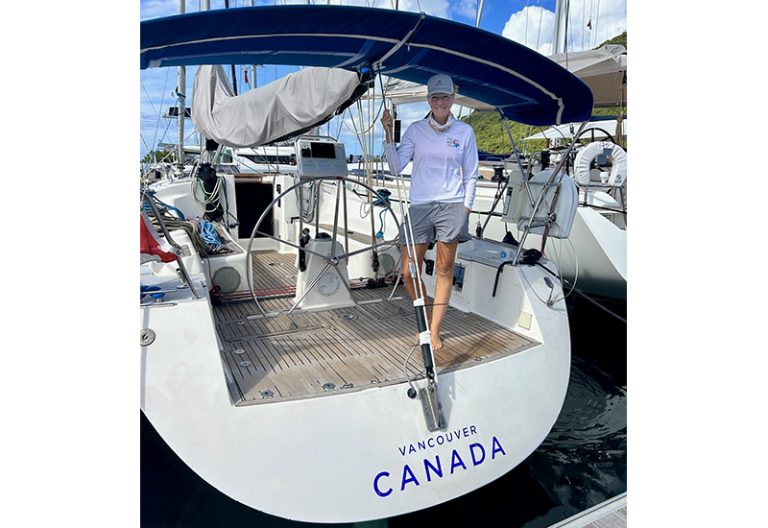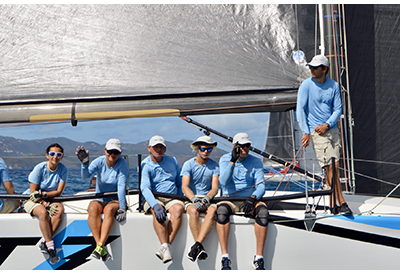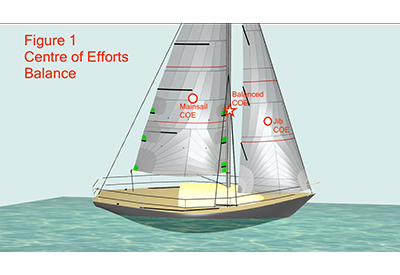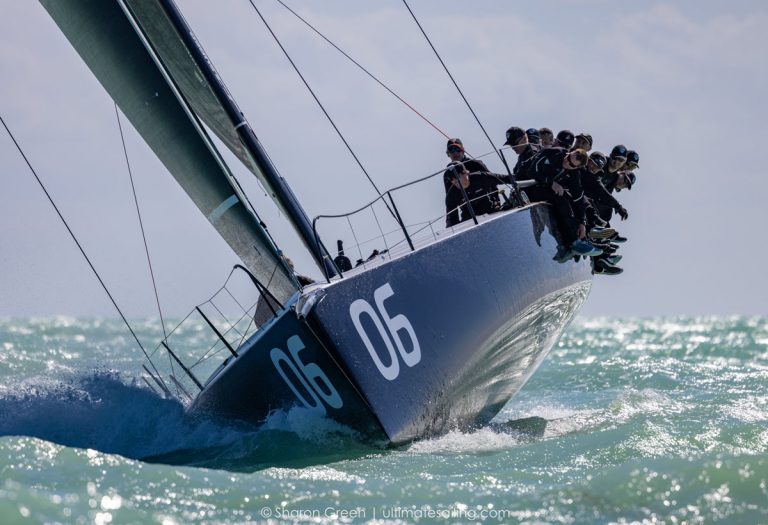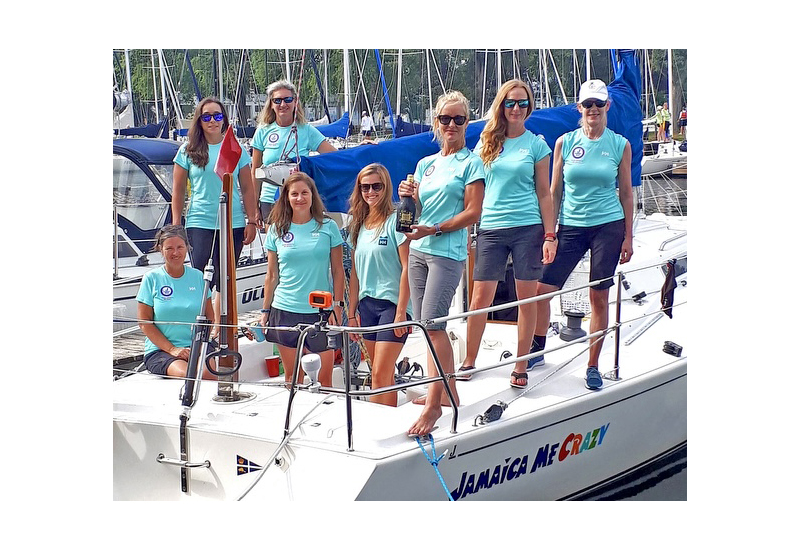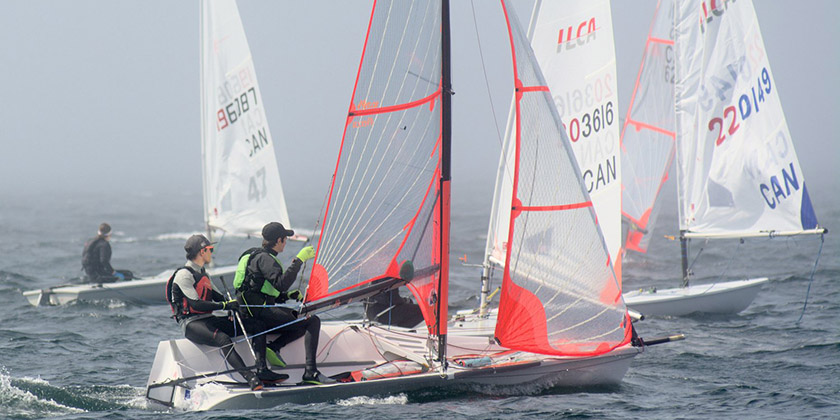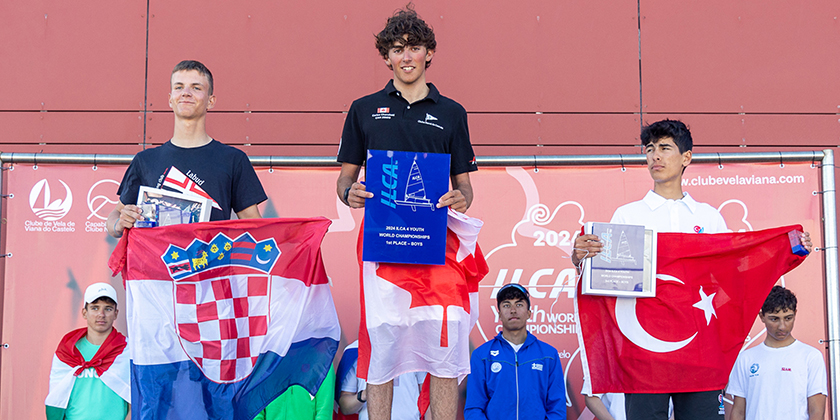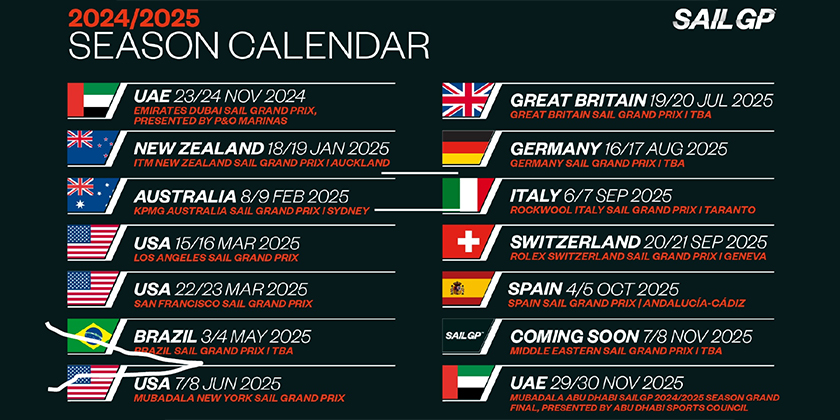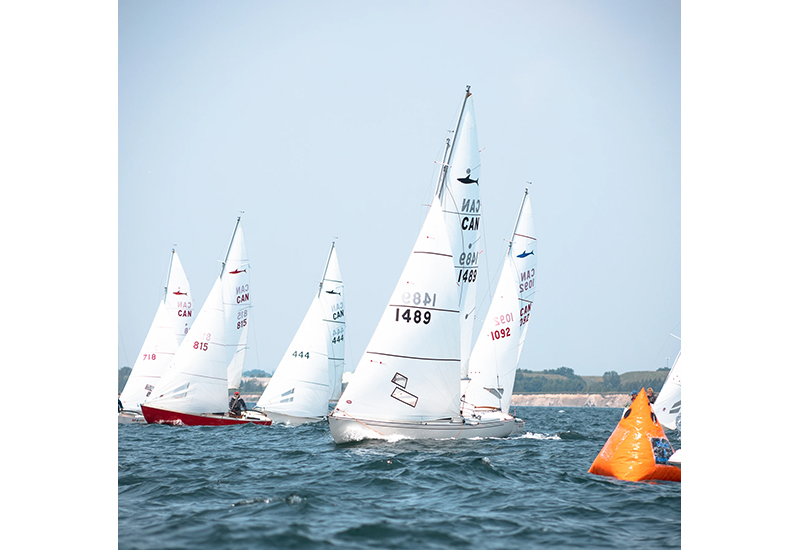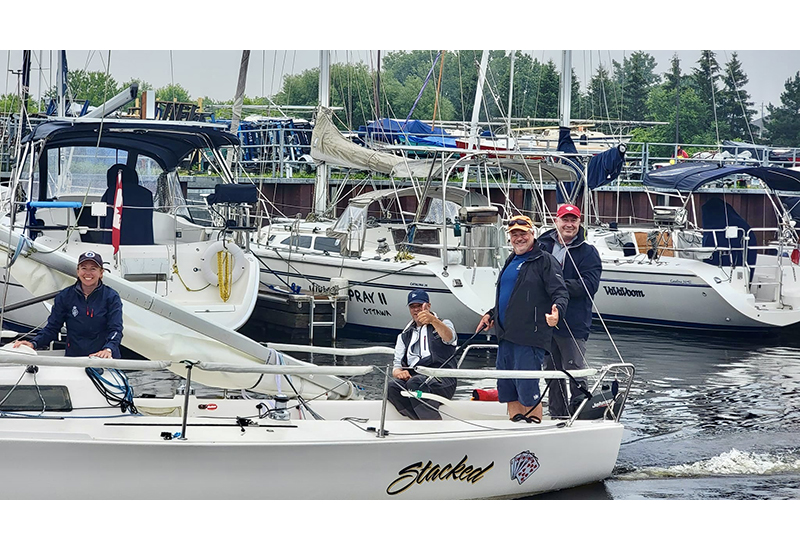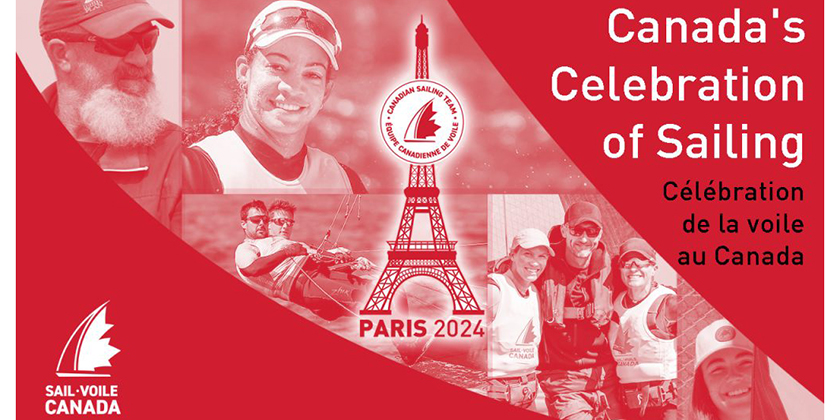On Deck: Intercollegiate Sailing Dylan Scott
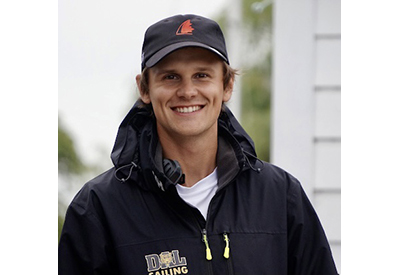
Mar 2, 2022
Many students are looking to apply for programs at Canadian universities next fall, including young sailors who may want to pursue their passion while studying in the country. “On Deck” interview with Canadian Intercollegiate Sailing Association President Dylan Scott.
What is the Canadian Intercollegiate Sailing Association’s main goal?
The Canadian Intercollegiate Sailing Association, or CICSA, is a not-for-profit organization with the goal of promoting sailing at the intercollegiate level in Canada. We serve to facilitate racing at the intercollegiate level and support the needs of our teams and sailors.
What are the options for young Canadian sailors who want to pursue their passion and compete while studying at a university?
There are over 20 universities in Canada that have teams. There are teams coast to coast from St. John’s, Newfoundland-and-Labrador, to Victoria, B.C. A full list of teams can be found on our website: https://cicsailing.ca/teams. That being said, just because their school doesn’t have a team doesn’t mean a sailor can’t compete! Lots of teams will gladly take sailors from neighbouring universities that don’t have a team of their own. If a school doesn’t have a team, a sailor or yacht club could also start one! We have a bunch of connections and resources to help the creation of new teams. All that is needed are a few people who want to sail and we can help from there!
How many athletes are part of the Canadian Intercollegiate Sailing Association?
This past year, we had close to 500 athletes on competitive teams across the country, although COVID-19 prevented some of them from competing. Additionally, some university teams run Learn to Sail or recreational programs which sent a further total of more than 600 sailors out on the water.
Canadian universities have been racing against each other since 1937. How has the competition format evolved through the years?
We are proud to be celebrating 85 years of university sailing in Canada this year! The first regatta in 1937 was a team racing event between RMC, UofT, Queen’s and McGill. In the following years, fleet racing became a staple as well. In the early years, some teams actually built their own fleet of Dinghies to host events. In the 1950s, keelboat racing events started to occur and boats like Bluenoses were popular at many universities. Come the 1970s, there were regattas taking place from Vancouver, B.C., to Halifax, N.S.
In 2010, to send athletes to compete in world university sailing championships, teams agreed to officially incorporate CICSA as it is today. Since then, many different Canadian universities have gone on to compete at Worlds, coming up with two podium finishes: Dalhousie in 2012 (2nd) and Queen’s in 2016 (1st). With a governing body, we were also able to make headway in other areas such as supporting new teams and running national championships. We also implemented a scoring system a few years ago that allows us to rank teams based on the results from all the events across the country.
Is there a special schedule for athletes who sail with university clubs, much like the programs/benefits athletes in basketball or hockey may have?
Every team has their own arrangement with their university, but in general yes! Just about every team has the ability to excuse its athletes from class or move exams that conflict with regattas (even for non-CICSA events). Schools also require that their athletes be in good academic standing, so several teams book study rooms to set aside time for their sailors to study just like other sports teams. Some sailing teams even have access to high performance training gyms and to trainers who work exclusively for the sports teams at that school. Teams also often have discounts on athletic and/or sailing brands for their sailors.
The main difference is the level of funding. Although sailing teams do often receive some financial assistance from their schools, it’s usually nowhere near the level of funding that basketball or hockey teams get. There are also no athletic scholarships for sailing, even in the United States.
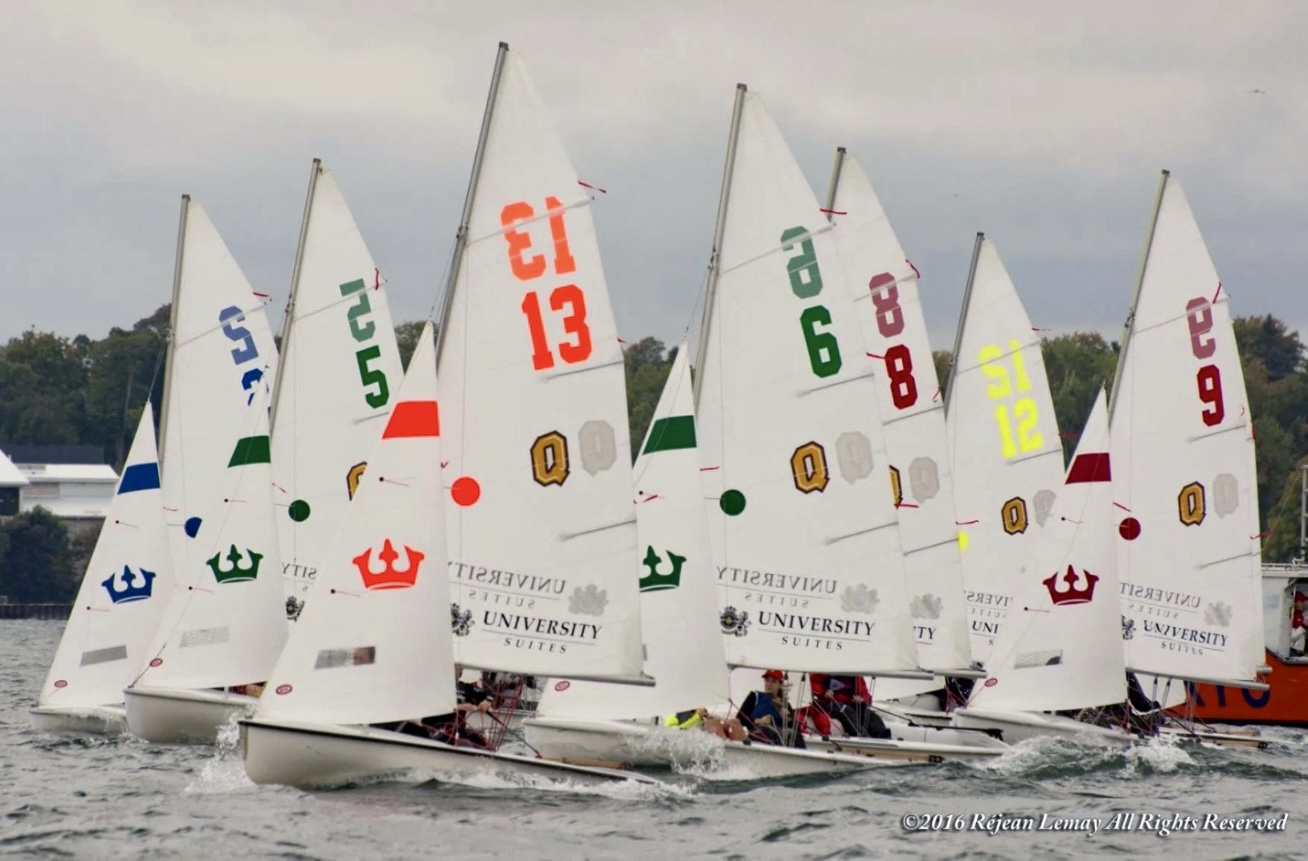 What is the level of competition at the Canadian Intercollegiate Sailing Association?
What is the level of competition at the Canadian Intercollegiate Sailing Association?
We have lots of great talent in CICSA! It’s not uncommon to have multiple winners from CORK events on the same start line at our regattas. We are proud to have many Olympic alumni, including Will Jones, Evan DePaul, Danielle Boyd, and Jacob and Graeme Saunders, from CICSA and our member teams across the country. Quite a few Americans go to universities in Canada and they are usually quite good as well, as most of them come from US high school sailing, a feeder program for intercollegiate sailing. There are a lot of really good sailors in the US circuit too. Some Canadian teams regularly travel to the US to compete there (in non-COVID-19 years) simply for the extra challenge.
That being said, we have opportunities for sailors of all skill levels! We have different tiers of events that correspond with how many points a team can win at that event. B tier events aren’t worth as many points so teams often send their newer, less experienced sailors to develop them for the coming years. A National Championship is worth a lot of points so teams would be sending their best sailors there. When I joined Dalhousie Sailing in 2016, I only had my CanSail 3. New to racing, I started by going to lower tier events. By 2020, I had obtained a couple of podium finishes at top tier events and made the national university team. This spun off into even more international racing opportunities for me outside CICSA. I think this is a testament to the opportunities for development within CICSA for young adult athletes.
How are intercollegiate regattas different from typical youth regattas?
There are quite a few differences. There are two fleets, A and B, and teams send an A boat and a B boat, which each do half the races. The team’s overall score is the sum of their two boats. Intercollegiate events are typically “stadium style” racing. Individual races are 12-15 minutes long and the regatta could consist of up to 24 races in one weekend. Courses are usually close to shore, sometimes even in rivers or inlets. It’s common to not be able to bang either corner of the course because you’re too close to shore and further obstructions on the course are common. This all serves to keep the fleet tight and increase traffic. Knowledge of the rules and tactics become a lot more important as you’ll have to do lots of high traffic mark roundings and starts over the regatta. Lots of races end up being won or lost by a single boat length. This can make it great to watch and some events draw spectators wanting to cheer on their home team.
What does a typical season look like in the Canadian Intercollegiate Sailing Association?
Our core season takes place in the fall, from September to October. Some sail outside that but it depends on their climate. Regattas take place over weekends so they don’t conflict with school. There are around 15 to 20 events in a typical year spread across the country. Come the end of the season, we usually have our National championships.
We also have special events and off-season events that take place at other points throughout the year. A favourite amongst sailors has been MidWinters which usually takes place in Florida over the winter reading week.
No single sailor is able to go to every event, and no single sailor is able to get their team to the top of the national leaderboard. It requires several athletes from across a team’s roster to do well. It makes it more of a team sport. It also encourages the more experienced athletes to share their knowledge and skills. They know that for the team to do well, they will need some of their newer sailors to get some mid-fleet results.
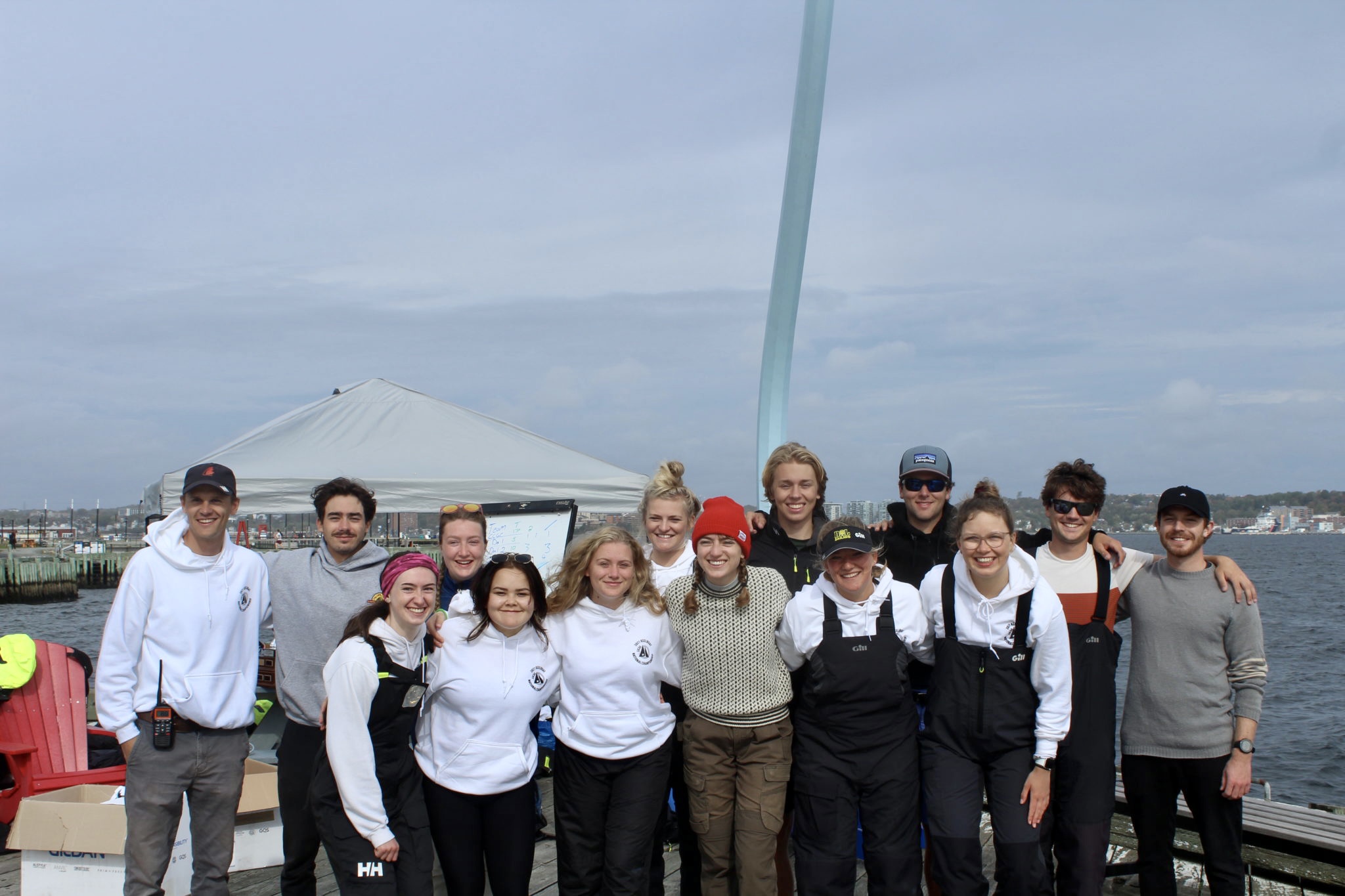 How much travelling for competition is there? Do athletes miss a lot of school time?
How much travelling for competition is there? Do athletes miss a lot of school time?
Although there are lots of events, it’s rare to hear of athletes going to any more than three regattas in a season. Teams can have upwards of 25 sailors so they often rotate who is competing on a given weekend, allowing the athletes some time off. With events being on weekends, nearby teams don’t need to miss any school to compete. For national championships though, it’s not uncommon to have multiple different teams fly in. Teams are able to excuse athletes from classes and postpone assignments and exams, which helps in the rare cases where there is conflict.
There are lots of exciting opportunities outside Canada too (in non-COVID years). Teams have gone on to race in New York, Florida, California, Hawaii, the UK, France and Italy. These events don’t count towards national standings, but students are often eager to go as they offer exciting venues with lots of great competition. Most teams only do one large event like this every few years.
Does being part of a team cost something?
Typically, yes, there is an associated cost. Each team manages their own finances so amounts vary. The average team fee last year was $355. This goes towards training, coaching, facilities and equipment use. Lots of teams also subsidize travel costs. With a few rare exceptions, there are no regatta fees or charter fees. Boats are provided for sailors at all events across the country at no cost.
For a young sailor who is interested in the Canadian Intercollegiate Sailing Association, what would be the best way to get involved?
The best way to get involved would be to reach out to the teams they are interested in joining! Each team has different programs (C420, keelboat, recreational sailing, etc.), so they can give the best information on how to get involved with their program. Teams are always eager for more sailors to join! Also, teams typically make their practice schedule before class registration happens. This is so sailors can choose classes at times that do not conflict with training. As a first-year student, if you know you want to get involved in the sailing team, you can reach out before school starts and ask when practices are so you can pick class times that allow you to go to more practices. On our website, you can find a list of all the teams and links to their websites or Facebook pages to ask them for more information: https://cicsailing.ca/teams
 What’s coming up for the Canadian Intercollegiate Sailing Association?
What’s coming up for the Canadian Intercollegiate Sailing Association?
As international competitions return, we are going to be looking for athletes to join our National University team so we are ready to return to International University Events. We are also looking to add more teams to CICSA. There are several large universities near yacht clubs that currently do not have a team. Getting more sailors out is always important. We are hoping to work with yacht clubs going forward to help implement these programs!

